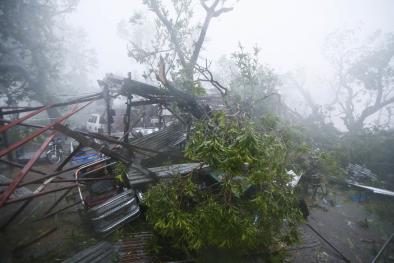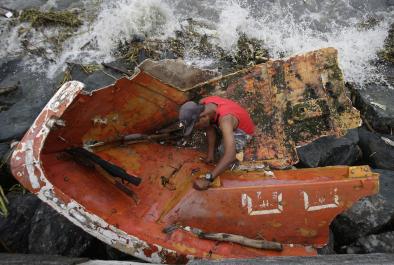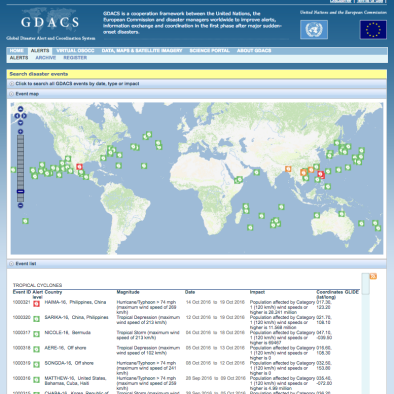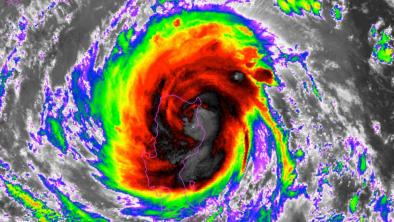At Least 13 Killed by Typhoon Haima
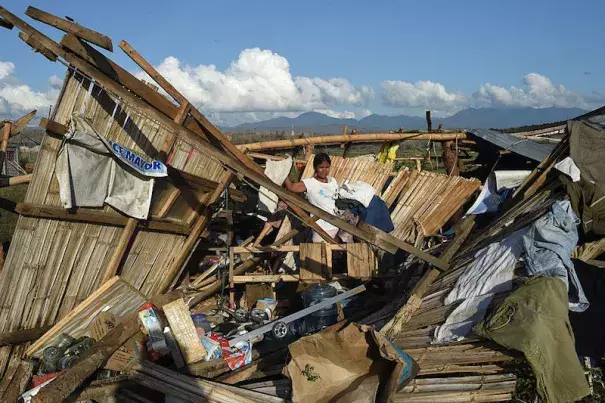
Residents of the Philippines’ northern Luzon Island are picking up the pieces and assessing damage after a powerful one-two blow from Typhoon Sarika, which made landfall as a borderline Category 3/4 storm with 130-mph winds on Sunday morning, followed by Typhoon Haima making landfall as a Category 4 storm with 140-mph winds on Wednesday night. Haima’s landfall point was only about 130 miles north-northeast of Sarika’s. At least two deaths and $80 million in damage were reported in the Philippines from Sarika. Haima is being blamed for at least 13 deaths in the Philippines, and widespread damage is expected to mount into the hundred of millions of dollars.
Haima made landfall between Hong Kong and Shantou, China, as a Category 1 storm late Friday night local time. With dry air now infiltrating the cyclone, additional heavy rains should be fairly limited as Haima moves inland and spins down below typhoon strength. The combined economic impact in China from Sarika and Haima is estimated at more than $800 million, according to Aon Benfield’s Steve Bowen. More than 6000 homes and more than a million acres of cropland have been affected in China, largely from Sarika.
In the Philippines, Baguio City (population 350,000) picked up over 14” (361 millimeters) of rain from Haima on October 20, and Tuguegarao City recorded 9.65 inches (245 mm.) Wind reports are scant across the region, but photos on the ground and satellite imagery reveal widespread destruction to the landscape and the built environment. Josh Morgerman of @iCyclone was located at Tuguegarao City, located in the Cagayan Valley about 25 miles inland. Though the city was shielded from Haima’s landfall by a coastal range of mountains, Morgerman documented widespread damage in the area. Morgerman recorded a central pressure of 942 millibars at 1:24 am local time Thursday morning as Haima’s eye passed over. Thousands of people reportedly stayed in or near shelters between the landfalls of Sarika and Haima, which may have played a big role in reducing deaths and injuries from Haima. Both typhoons made landfall in relatively unpopulated stretches of coastline; this greatly limited the odds of a catastrophe along the lines of Super Typhoon Haiyan, which killed thousands in the Philippines in 2013.
Related Content
